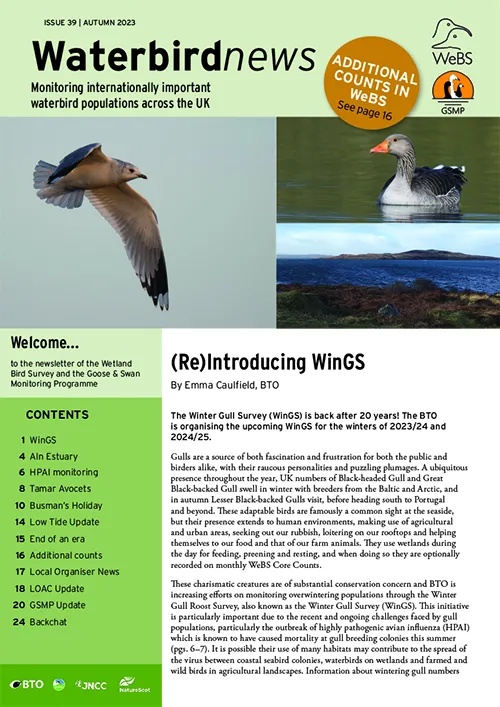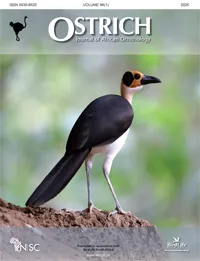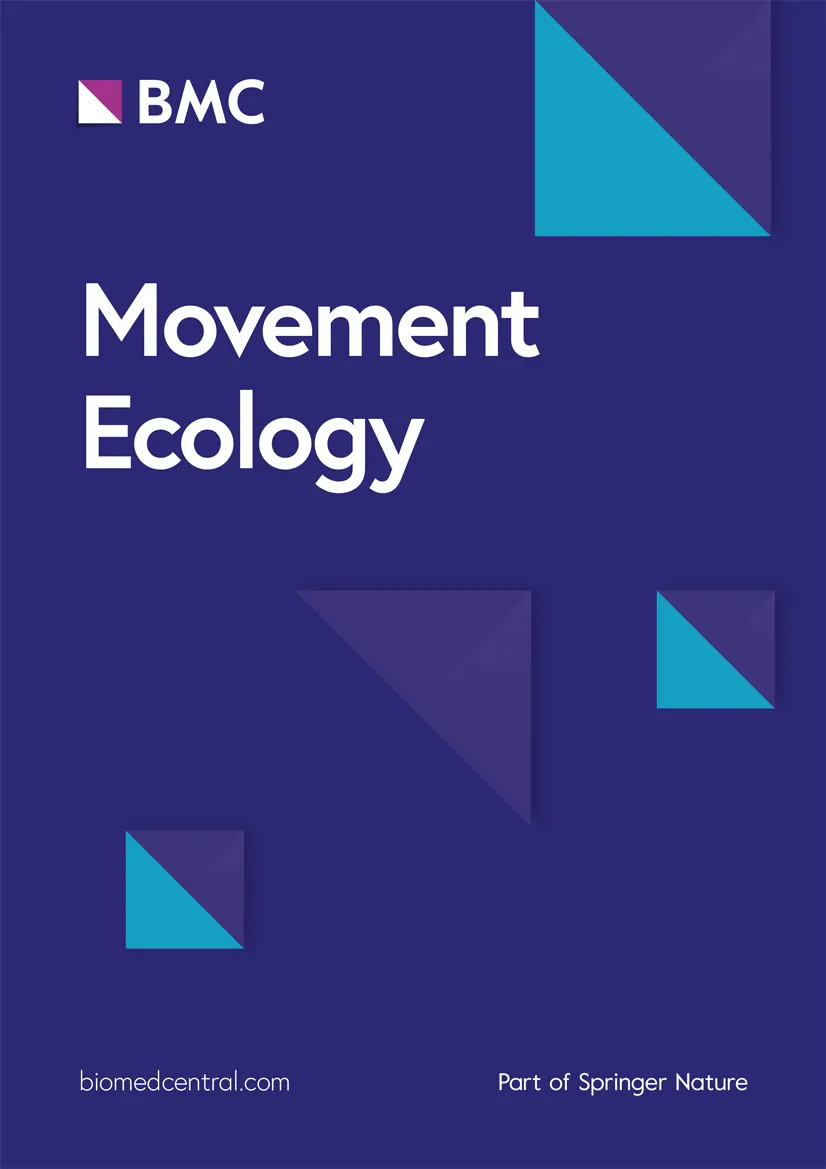BTO Research Reports are scientific papers that have been self-published by the BTO. The following is a full list of the published BTO research reports. Most are free to download, and links to Abstracts are included where possible.
Numbers missing from the list are those allocated but which were never produced or which have not been published. BTO recognises that, particularly in respect of commercially sensitive cases, a period of confidentiality is appropriate for some projects. However, in the interests of scientific development and dissemination of information, we encourage clients to permit publication as soon as it is reasonable to do so.
- If you wish to purchase a physical copy of a report please contact researchreports@bto.org.
- More information about our Annual Service reports to JNCC 1992-2005.
Assessment of recent Hen Harrier population trends in England through population modelling
This study uses a population modelling approach to explore the effects of changes in rates of productivity, survival, and settlement on population growth in the English population of Hen Harriers.

Search

A demonstration of the value of recapture data for informing moult phenology models for species with imperfect moult data.
Author: Boersch-Supan, P.H., Lee, A.T.K & Oschadleus, H.D.
Published: 2023
It is important for birds to maintain their plumage in good condition, something that is facilitated by the periodic moulting of their feathers. However, moulting feathers is energetically costly and can also compromise an individual’s ability to forage and avoid predators. Because of this, the timing of feather moult needs to be balanced against the demands imposed by other key events, such as breeding and migration.
31.10.23
Papers

Linking climate warming and land conversion to species’ range changes across Great Britain
Author: Suggitt, A.J., Wheatley, C.J., Aucott, P., Beale, C.M., Fox, R., Hill, J.K., Isaac, N.J.B., Martay, B., Southall, H., Thomas, C.D., Walker, K.J. & Auffret , A.G.
Published: 2023
Habitat loss and climate change are two major threats to global biodiversity. How these two threats interact to drive biodiversity changes is less well understood. In this study, the authors examined changes in bird, butterfly, moth and plant distributions across the UK over the past 75 years to investigate how species respond to these combined threats.
30.10.23
Papers

Flight heights obtained from GPS versus altimeters influence estimates of collision risk with offshore wind turbines in Lesser Black-backed Gulls Larus fuscus
Author: Johnston, D.T., Thaxter, C.B., Boersch-Supan, P.H., Davies, J.G., Clewley, G.D., Green, R.M.W., Shamoun-Baranes, J., Cook, A.S.C.P., Burton, N.H.K. & Humphreys, E.M.
Published: 2023
In an effort to cut carbon emissions, many countries (including the UK) are constructing ever more offshore wind farms. Seabirds are at risk of colliding with the blades of offshore wind turbines, posing the potential for injury or death. However, the extent of this risk depends on several factors including how high the seabirds fly in relation to the area swept by turbine blades, the seabirds’ flight speeds, and any avoidance behaviour they undertake in response to either individual turbines or entire wind farms. Accurate understanding of these behavioural aspects of seabirds is important when assessing the potential population impact an offshore wind farm will have through so-called Collision Risk Models (CRMs).
21.10.23
Papers

Spatially targeted nature-based solutions can mitigate climate change and nature loss but require a systems approach
Author: Finch, T., Bradbury, R.B., Bradfer-Lawrence, T., Buchanan, G.M., Copping, J.P., Massimino, D., Smith, P., Peach, W.J. & Field, R.H.
Published: 2023
Models of future land-use scenarios show that it is possible to reduce greenhouse gas emissions from the land sector to zero, and increase habitat availability for most birds, including many species of conservation concern. However, some farmland-associated species may lose habitat, and the resulting decrease in food production will require reforms of the food system.
20.10.23
Papers
